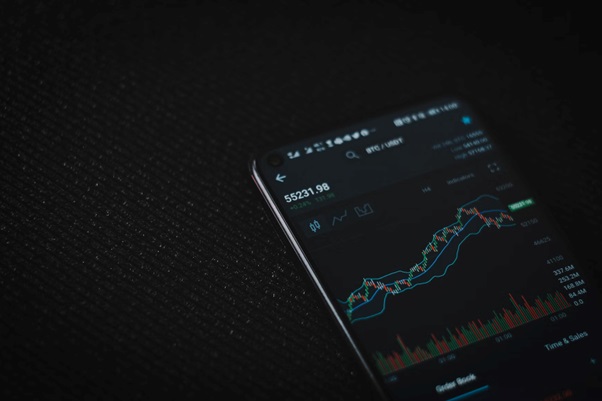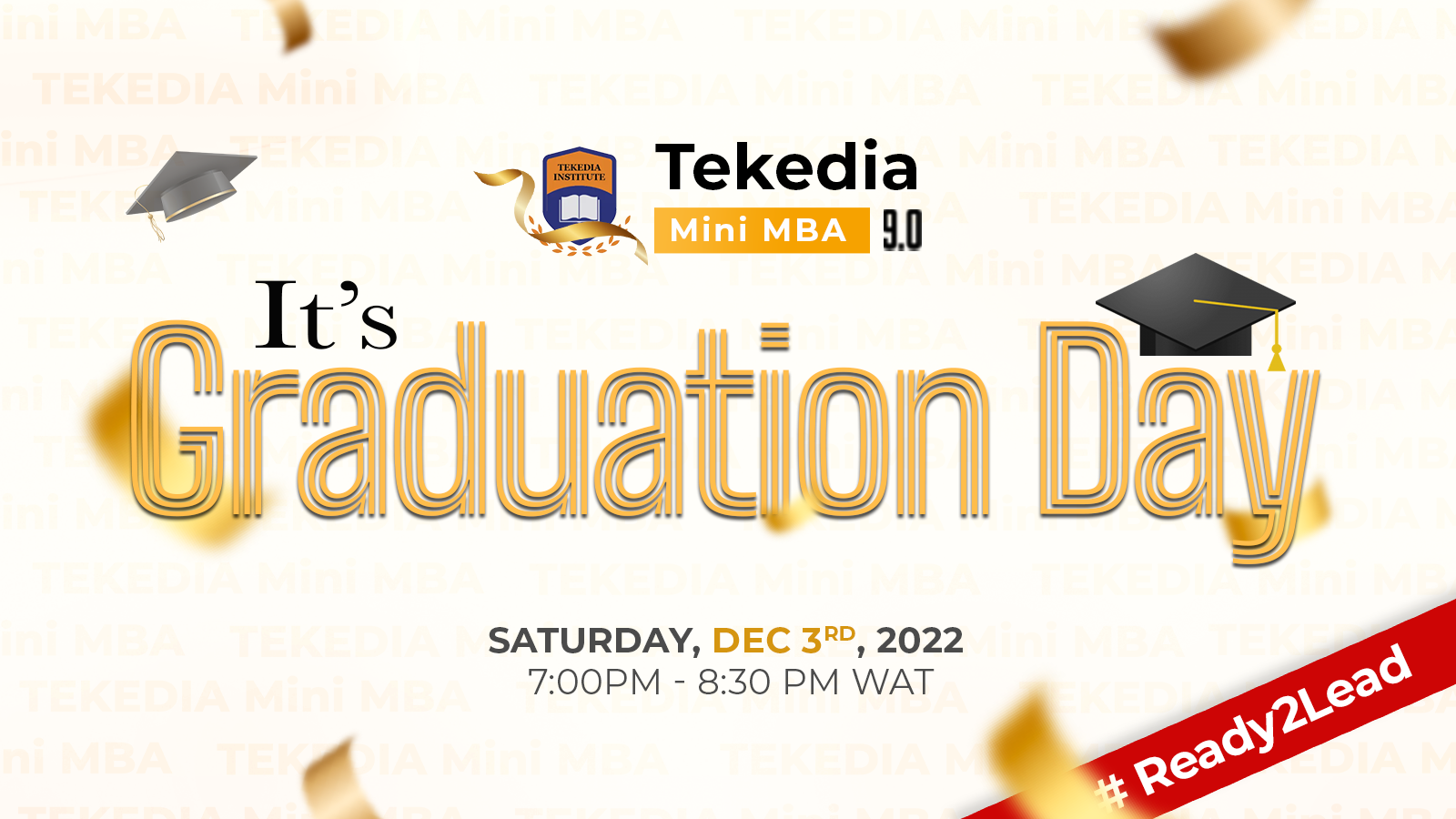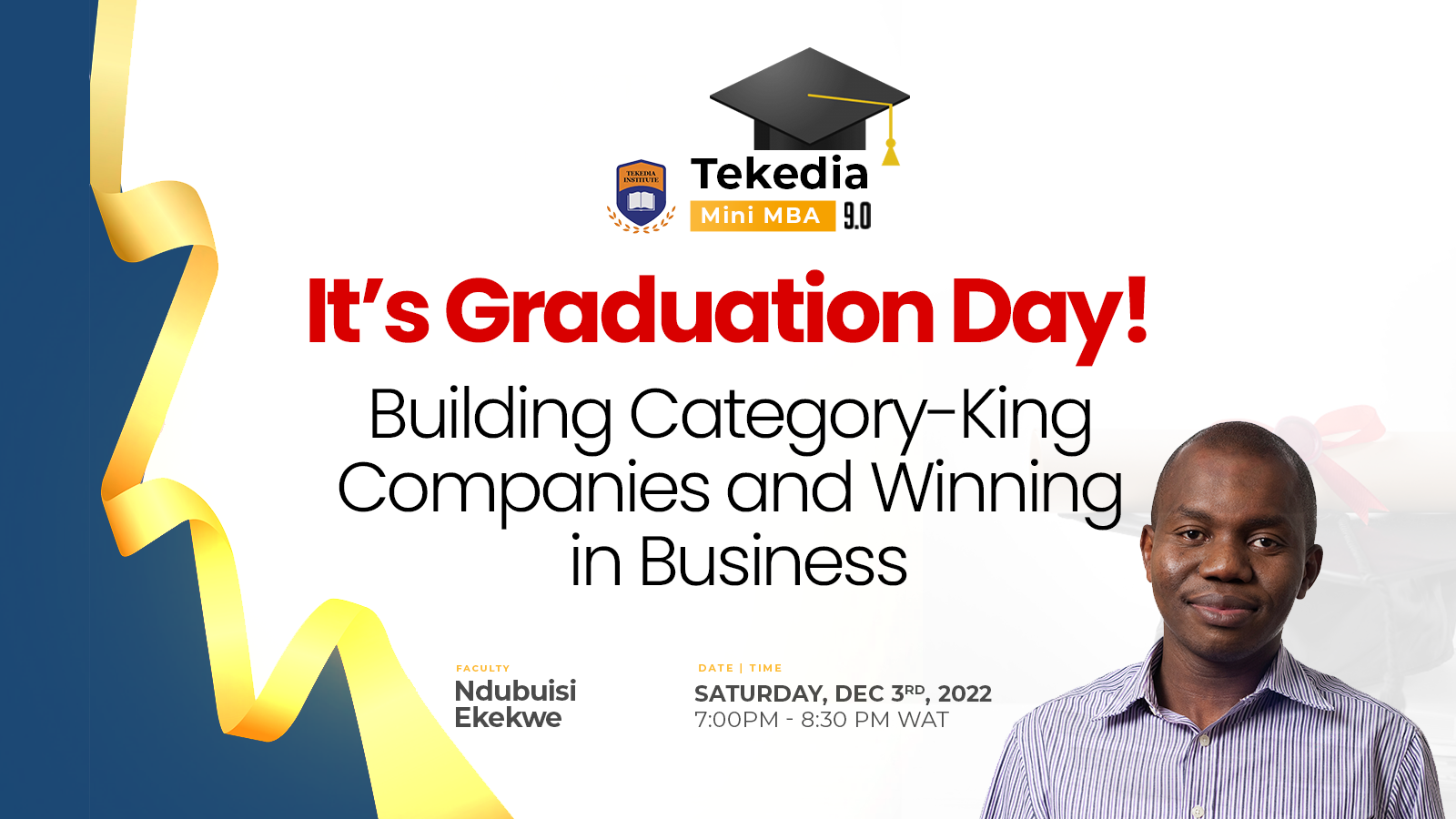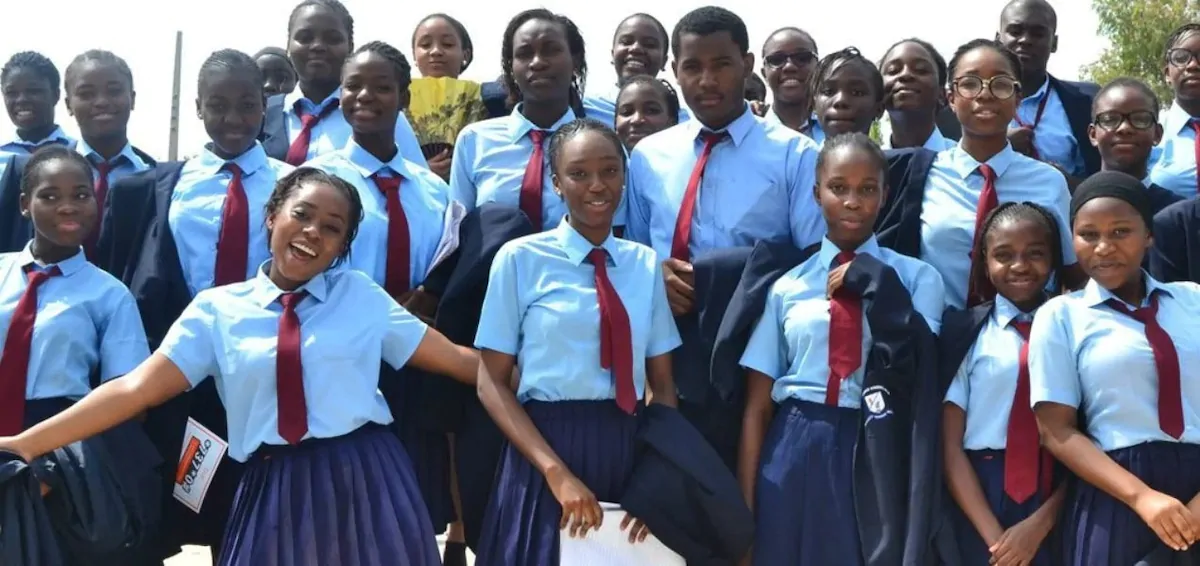Cryptocurrencies have the potential to become the best investment option for people in numerous spheres of their lives today, despite being considered a sham in its early days.
The acceptance had become very wide. The vast adoption of cryptocurrencies is largely attributed to the several use cases that cryptocurrencies now offer. Since there are now more uses for this evolution than only exchanges, more people are interested in participating. These cryptocurrencies, which were developed to provide users with utility and benefits, include Big Eyes Coin (BIG), Fantom (FTM), and Quant (QNT). Keep reading to discover fascinating facts about these profitable cryptocurrencies.

Fantom (FTM): DeFi Apps and Services
Fantom (FTM) is an open-source, blockchain-powered ecosystem that offers numerous decentralized apps (dApps) and services. It also gives developers access to the resources they need to create decentralized applications and Blockchain services. It is a highly scalable, intelligent Blockchain that supports contracts and encourages efficiency and interoperability at low cost.
The Fantom (FTM) token, which is used within the protocol to trade, store value, have a stake in the governance and security of the protocol, and pay gas fees, is the native token of the Fantom ecosystem. It is a crypto asset with significant growth in the crypto market and is very profitable. Fantom offers interoperability, speed, scalability, and efficiency, making it a great choice for users and developers looking for user-friendly, scalable, affordable, and diverse Blockchain options.
Quant (QNT): An Answer To Interoperability Difficulties?
In an effort to spread out a phase that licenses useful information sharing, the Quant (QNT) network was created in 2015. It maintains its functionality and employs proper record advancement to address interoperability difficulties. Quant (QNT) supports a wide range of application areas and businesses. The QNT token is an Ethereum-based (ERC-20) token that allows users to create and distribute multi-chain applications on its network.
By holding a fraction of the Quant (QNT) tokens, customers can work with the Overledger and progress toward the Quant biological system. The continuous supply of Quant (QNT) tokens is 12 million, with its most outstanding store at 14 million.
Big Eyes (BIG): A Meme Coin With A Host Of Utilities
The Big Eyes Coin (BIG) initiative is the most recent in a long line of meme tokens that are distinguishing themselves by offering more than just amusement. Meme coins have a history of being used in fraud and other underhanded tactics. By providing its users and the whole blockchain industry with a platform focused on enhancing decentralized finance, Big Eyes Coin (BIG) will change this narrative (DeFi). With Big Eyes, the Metaverse, DeFi, and Non-Fungible Tokens (NFTs) will all be improved.
It is not unlikely that Big Eyes Coin (BIG), which provides a lot of liquidity in the cryptocurrency market, would improve exchanges with its continual advances and deeds, exceeding its partners. Beyond standard conditional administrations, Big Eyes Coin (BIG) has found use in charitable endeavors and NFT events to compensate users for their efforts in disseminating the crypto coin. Users will have access to amenities including a decentralized exchange, an NFT marketplace and club, tangible and digital goods, and a decentralized platform where they will have decision-making power. The token is dedicated to fostering community development, wealth generation, leading NFTs, and ocean restoration.

In this regard, 200 billion BIG tokens will be available in the Big Eyes Coin (BIG) total supply, with 80% of those tokens being made available at launch, 5% going to organizations that support ocean conservation, and the remaining tokens being used for marketing. Big Eyes’ (BIG) ecology is designed to be self-sustaining and as user-friendly as possible. However, future customers have the opportunity to purchase as many BIG tokens as they can before the launch during the present sale of the project. Use the exclusive code BIGPRIZE67 when purchasing from the presale for additional bonuses and content!
For All Things Big Eyes Coin, Follow The Links Below!
Presale: https://buy.bigeyes.space/
Website: https://bigeyes.space/
Telegram: https://t.me/BIGEYESOFFICIAL








